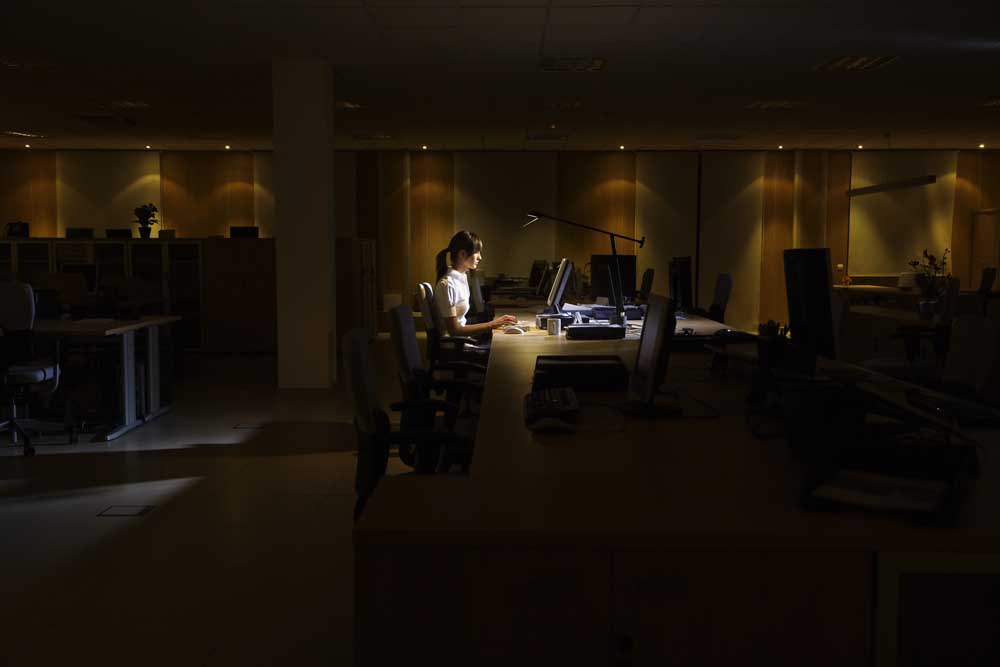Let’s try it out:
Find a comfortable seat in an environment where you feel safe. When you feel ready, begin to relax the muscles in and around your forehead, jaw, and shoulders. Take a deep breath in through your nose for a count of three – two – one. Pause at the top, and then when you’re ready, exhale through your mouth for a count of three – two – one. Pause at the bottom, and then repeat this pattern for as many times as you’d like. If the mind wanders, as it will, just notice and then gently invite it back to the breath. As you practice, feel free to lengthen or shorten the number of seconds you inhale, exhale, or pause the breath. Notice if you feel anything changing in the mind or body.

About the Author
Kayla Johnson is a Licensed Mental Health Counselor (LMHC) that loves to help clients that experience anxiety and panic. In addition to her work as a therapist, Kayla also teaches yoga! Here’s a link to her bio where you can learn more about Kayla and her work: https://starmeadowcounseling.com/counselors/kayla-johnson/

5 Benefits of Mindfulness
There are a lot of terms floating around the online world out there and it can be difficult to determine which ones to trust as the real deal and which ones are simply trigger words or click bait. One of the up-and-coming ones is mindfulness. As more and more...

Workaholism: The Hidden Epidemic
— WORKAHOLICS ANONYMOUS MEMBER Workaholism is described by some as the “respectable addiction,” though its affects can be destructive and even deadly to those who are compulsively addicted to work. How can you tell if you are a workaholic? How do we distinguish...

7 Great CBT Websites
Are you interested in learning more about Cognitive-Behavioral Therapy as a mode of counseling or self-help? Check out these 7 amazing online resources: https://llttf.com/ Living Life to the Full Living Life to the Full is an interactive CBT website. This free...

